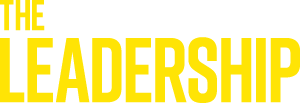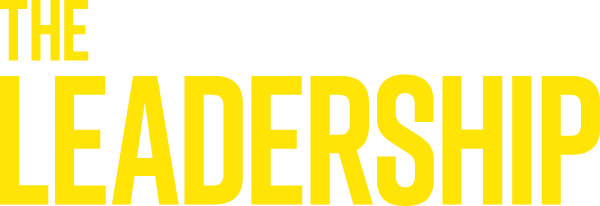BIAS AT WORK IN STEMM
Bias is a tendency to believe that some people or groups are better than others.
When it comes to gender, bias manifests in stereotypes or ‘rules’ about how women and men should look, behave and what they’re good at.
Bias begins in childhood and follows us into adulthood. These assumptions can be so deeply embedded we may not even be aware of them. To see how early assumptions are made, watch this video on kids who were asked to draw a firefighter, a surgeon and a fighter pilot.
In the context of STEMM, this unconscious and implicit gender bias disadvantages women and those from minorities in many ways. One study found that, even when math skills were identical, both men and women were twice as likely to hire a man for a job that required math (Reuben, Sapienza, & Zingales, 2014).
Studies have shown, for example, that women are less likely than men to be seen as ‘brilliant’ and are less likely to be represented in STEMM fields where success is perceived to depend on high levels of intellectual ability.
This mismatch between perceptions of a ‘typical’ woman and a ‘brilliant’ scientist can lead to a ‘prove-it-again’ phenomenon where women are asked to run another experiment or ‘prove it again’. In the US, this bias is reported to be especially pronounced for black women scientists. Not everyone experiences bias in the same way. The situation may be worse for women who face additional discrimination due to their sexuality or race, for instance.
Gender bias is also evident in strong assumptions that women lose their work commitment and competence after becoming a mother, otherwise known as maternal wall bias.
Deeply embedded bias become self-perpetuating. This is because affinity bias, or the tendency to prefer people like ourselves, exists within all of us. So when one group dominates a STEMM field or workplace, the new hires, leaders and role models are all more likely to come from that same dominant group. This lack of diversity means more reliance on stereotypes about anyone who is different, which in turn feeds pre-existing bias.
So how do we combat deep-seated bias in ourselves and others? It’s important to note that we all have biases, regardless of our gender, race, ability, sexual orientation and age. Research shows that awareness of these biases can contribute to overcoming them, which is good news for us all. Since the first step to ending bias is to recognise your own, why not take the Harvard Implicit Bias test?
For more on this and practical tips to overcome your own bias, read How Implicit Bias and Lack of Diversity Undermine Science.


